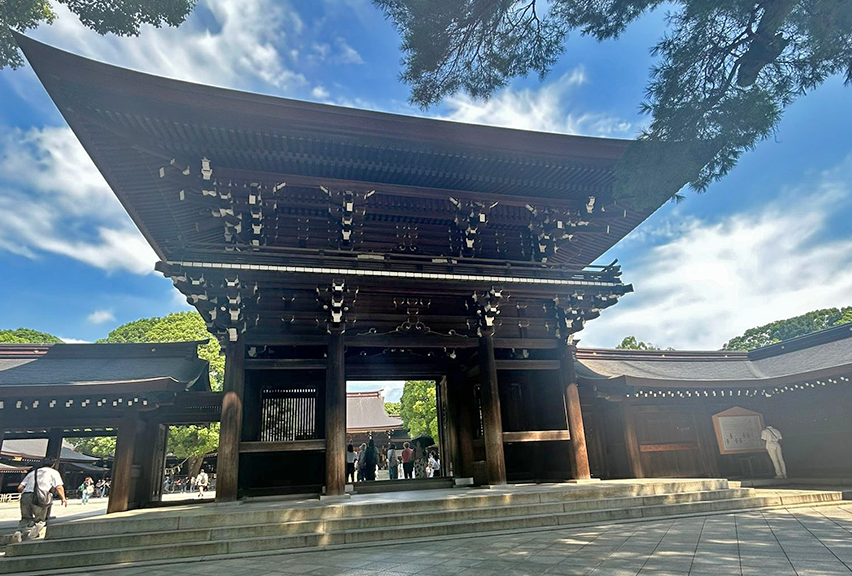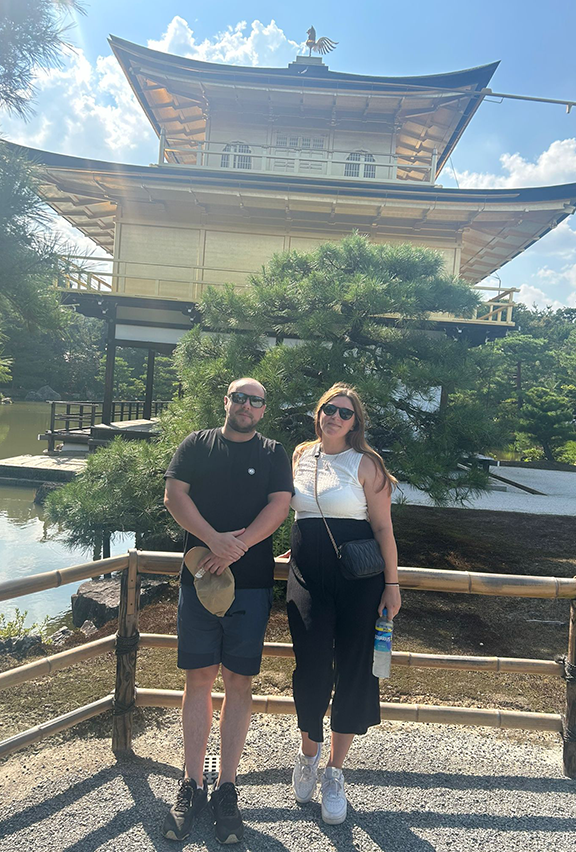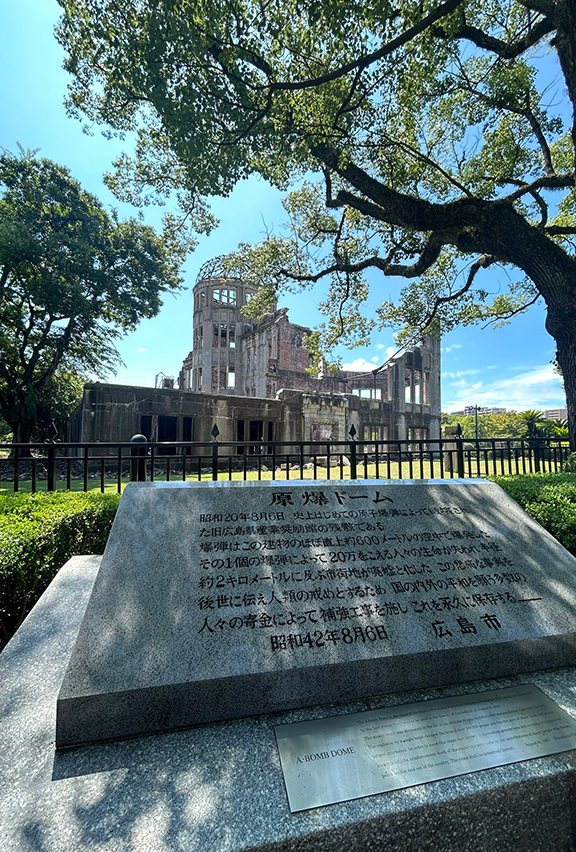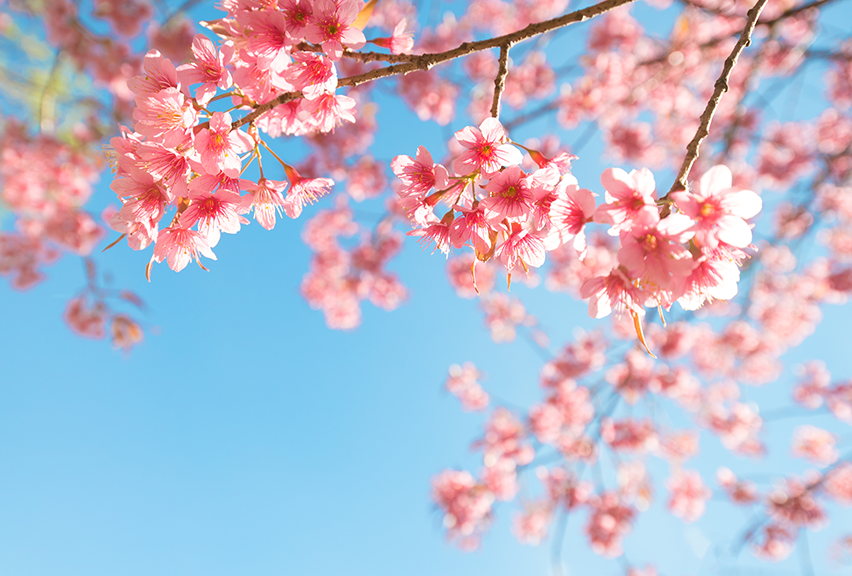Japan has a history that spans thousands of years. It has numerous historical sites, temples and museums that provide students with insight into its unique culture.
Home to 125 million people, Japan is a real cultural superpower and is celebrated around the world for its art, cuisine, film, music and popular culture (including manga and anime).
This island country in East Asia sits on top of three tectonic plates that often move against each other causing more than 1000 earthquakes a year. The country’s also home to around 200 volcanoes (60 are still active, including the iconic Mt. Fuji).
If you’re thinking of running a long-haul trip, Japan’s a great option because it offers so many educational experiences that cover a range of different subjects (including art, history, geography, design and technology, food tech, sport and business studies, to name just a few). And that’s important because it means that you can open up the experience to more students and make the long journey worth it.
I’m a big believer that experiencing things in real life creates knowledge that can only be picked up beyond the classroom (which is why I chose to work in school travel in the first place).
With that in mind, a school trip to Japan offers students the opportunity to create lifelong memories and introduce them to a totally different culture.
Now, most of our school groups choose to visit Tokyo, Kyoto and Hiroshima. So, let’s take a look at some of my top cultural visits in those three cities.
Tokyo

Amidst all the skyscrapers and the hustle and bustle of Tokyo, the Meiji Shrine takes you back to traditional Tokyo. It’s a beautiful, impressive and peaceful shrine set in a spacious park full of wonderful trees, making the walk up to the shrine incredibly scenic.
The shrine is dedicated to the deified spirits of Emperor Meiji and his wife, and it’s a really popular venue for Japanese weddings.
It’s a sacred place and so you’re not allowed to take pictures of the inside of the shrine.
There’s an opportunity to write down your prayers on a wooden plaque and hang it up, and it’s great to see that lots of people from around the world did just that when they visited.
Even though Tokyo is in many ways a modern, almost futuristic city, it’s great to see that it hasn’t forgotten its culture and traditions with so many temples and shrines.
Speaking of Tokyo’s rep as being really modern (and almost futuristic), to really get a taste of this you need to head to Akihabara. This shopping district is full of huge billboards, electronics retailers and manga and anime stores.
If you do have any students particularly interested in Japanese popular culture, you mustn’t miss a visit to the Harajuku area, which is a centre for youth culture. You’ll find loads of colourful street art, even more colourful fashion and the famous (or infamous?) Shibuya Crossing, the busiest pedestrian crossing in the world.
Kyoto

Tokyo was almost completely destroyed by bombs in WW2 and has been rebuilt in the years since. That’s why combining your trip to Tokyo with a visit to Kyoto is such a good idea, as that city was almost untouched by the war, so you can really see the difference in the more traditional architecture there.
The bullet train from Tokyo to Kyoto takes around two hours and is itself a not-to-be-missed cultural experience. If you’re really lucky (and it’s a very clear day), you might even be able to spot Mt. Fuji as you speed along at 200mph.
Kinkau-ji Temple is a must-visit in Kyoto. The temple sits on a lake surrounded by tranquil and beautiful gardens. It’s a Buddhist temple from the Shogun period and its top two floors are covered in gold leaf, making it an incredibly striking sight.
A tea ceremony is a great experience for students to take part in in Kyoto, as it teaches them the values and traditions of this historic ritual and really makes them think about the importance of respect, slowing down and being kind to others. There’s an opportunity for students to dress in a kimono for the ceremony, which really helps to further immerse them in the culture and is a fun way of learning more about Japanese historic dress.
The guide will talk through the history of a tea ceremony and the values and beliefs it still represents today. The ceremony takes about an hour in total and is really interactive. You’ll try the guide’s matcha first, before having a go at mixing and trying your own.
Activities like these really help to immerse students in Japanese culture and offer a break from sightseeing.
However, when you are ready to get back to sightseeing, I would also highly recommend a visit to Nijo Castle. This beautiful, traditional castle is fantastic for comparing to traditional English castles. It’s one of seventeen Historic Monuments of Ancient Kyoto that make up a UNESCO World Heritage Site and was built in the 17th century.
Part of the same UNESCO World Heritage Site is the Kiyomizu Temple, which is perched on top of a hill with serene views. You’ll navigate some of Kyoto’s most traditional streets on your way up to the temple, which is famous for its wooden stage which juts out over the side of the hill, 13m above the ground and, along with the main hall, was constructed without the use of a single nail.
Hiroshima

Hiroshima is definitely worth a visit and is easily reached by bullet train from either Tokyo or Kyoto.
It was largely destroyed when the Americans dropped an atomic bomb on the city towards the end of World War 2 (making it the first city in the world to suffer a nuclear attack). No visitor to Hiroshima should miss a visit to the Hiroshima Peace Memorial Park, which is dedicated to the victims of the attack.
The park was built on the remains of what was Hiroshima’s busiest commercial and residential district. The area was totally flattened by the bomb, creating a huge vacant area right in the heart of the city.
The park is home to the most famous sight in Hiroshima, the A-Bomb Dome. This is the remains of the Hiroshima Prefectural Industrial Promotion Hall. This was the closest building to the hypocenter of the bomb to remain at least partially standing (everything closer was completely destroyed). It stands as a stark reminder of the destruction and tragedy that rained down on the city on that day in August 1945.
To learn more about what happened here, you must take some time to explore the Hiroshima Peace Memorial Museum, which is also located in the park.
Personally, I found the park and museum incredibly moving. A visit here will give students better insight into the devastation of that day and the after-effects on the local people and the city itself. The museum focuses on peace and moving forward, and on how important it is that nuclear weapons must never be used again, which is a great discussion point for students.
Why visit these cultural sites on a school trip to Japan?
As I know from my own personal experience, visiting these sites will deepen students’ understanding of topics like Japanese history, religion, art and architecture. The opportunity for cross-curricular learning here is immense and that’s one of the reasons it’s such a popular destination for our school groups.
The chance to explore a culture so ancient, rich and different to their own will only help to develop your students’ intercultural understanding. It’ll open their eyes to the wonders of travel and the incredible diversity in our world. And it’ll awaken their curiosity.
When should we visit Japan on a school trip?

Spring is famously the best time to visit Japan on a school trip as this is sakura (cherry blossom) season. Temperatures tend to be a pleasant 21°c on average too.
The country’s also spectacular in the autumn. Winters can get very cold and summers tend to be hot and humid, with June being the wettest month and September bringing typhoons.
Any other tips for school groups in Japan?
One thing that did surprise me was how many places still insisted on taking cash only. This wasn’t what I expected in such a modern, technologically advanced country. So, I would recommend that you take some yen with you.
Another thing that struck me was how respectful the people are - not just of themselves but of their surroundings. Cleanliness is one of the pillars of Shinto and Buddhism (the two main religions in Japan) and you can see that in the way the streets are immaculately clean. So, it would be worth just making sure that your students know how important it is to respect this aspect of Japanese culture.
Otherwise, please do just get in touch with me or the rest of my team for any information or advice you need about a trip to Japan. When I visited recently I visited some of our local accommodation options, experienced public transport and explored loads of our most popular visits (and I’d love to chat with you about it!).